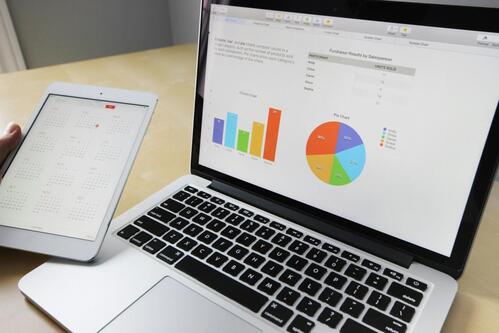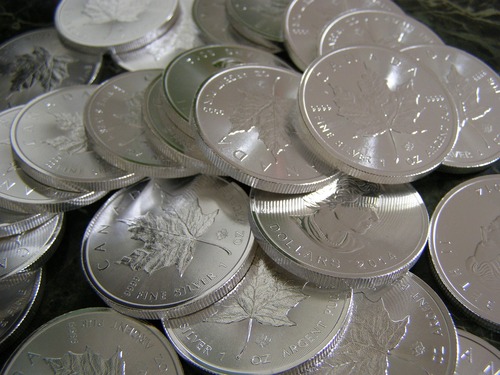Currency trading presents unique opportunities and challenges as exchange rates fluctuate based on a variety of global economic and geopolitical factors. One aspect that traders must consider is the complex interrelationships between different currency pairs. In this article, we will explore the concept of currency correlations and how understanding these relationships can benefit strategic decision-making.
If you are looking to get into forex trading, ensure that you have the right information and a strong understanding of market dynamics before you do so.
Disclaimer: The information provided in this article is for educational purposes only and does not constitute financial advice. You are responsible for your own investment decisions. The author does not guarantee trading success or returns. Past performance is no guarantee of future results.
What are currency correlations?
To grasp the relevance of currency correlations, one must first understand the basic definitions. A positive correlation refers to two currencies moving in tandem, where higher prices of one coincide with higher prices of another. Conversely, a negative correlation means one currency gains value as the other depreciates.
How correlations are measured and influence pair behavior
To quantify correlations between currency pairs, traders usually look at what’s called the correlation coefficient. It gives a number between -1 and 1 that indicates how closely two currencies move in relation to each other.
The closer the coefficient is to 1, whether positive or negative, the stronger the correlation. So, a reading of 0.8 means they tend to go up and down together 80% of the time. Meanwhile, -0.8 shows an inverse relationship where one gains as the other loses.
Correlation coefficients are calculated by comparing the movement of exchange rate changes over time. Traders plug price data into formulas to spit out this correlation measure for different pairs and periods.
Understanding these numbers helps predict how pairs might act in different market environments. For example, if Euro/USD has a correlation of 0.9 with GBP/USD, we know they tend to respond almost identically to news and trend in tandem most of the time.
However, the correlation between USD/JPY and Gold could be -0.6. That inverse relationship indicates they often move in opposite directions. So, traders could short one and go long the other as a natural hedge against their positions.
By tracking correlations, traders gain valuable insights into which pairs will complement each other well in a portfolio or how certain geopolitical events could impact a group of related currencies. It all influences their strategy and expectations for pair behavior.
Why do correlations change over time?
A web of interconnected factors is at play, from changes in national interest rate policies to those in in trade balances. Economic cycles also play a part, as the economic performance and strength of two different nations that issue different currencies will affect their pair correlations. Let’s explore these further:
Firstly, interest rates are a big driver. If two countries start raising or cutting rates at different paces, it impacts their currencies’ relationship. Secondly, economic fluctuations also play a part. When economies are growing together, their currencies tend to be positively correlated. But recessions can hit asynchronously, which can lead to correlations changing.
Of course, trade balances also ebb and flow. If one country starts importing much more from another, demand for their currency grows, changing exchange rate dynamics.
Events like elections, regulations or conflicts also introduce new uncertainty that splits currency reactions, and finally, central bank actions can impact correlations when an unpredictable stimulus moves or foreign exchange intervention in one market versus another affects correlation.
Applying correlation analysis to currency trading
A good strategy some traders use is finding two currencies that often move together, aka have a strong positive correlation. Then they’ll go long on both when they expect market conditions to drive the prices higher in sync. Since the pairs are positively correlated, there’s a good chance both will appreciate as forecasted.
At the same time, some traders look for currencies that tend to move opposite each other, called a negative correlation. If they have a bullish view on one, they may short the other as a hedge. That way their position is balanced no matter if one currency rises or falls, since gains in one offset losses in the other.
It can also potentially be profitable to trade when currency correlations break down or change direction. Spotting when two historically correlated pairs detach their movements indicates the relationship has altered. Savvy traders pay attention to why the shift occurred to get an edge.
The bottom line
A careful study of currency correlations is an important analytical skill for forex traders. Whether entering multi-currency positions or hedging political risk, understanding the dynamics between pairs over time can offer valuable market insights. Continued monitoring of macro influences ensures this edge stays sharp, and that can increase your overall chances of success in the currency market.




